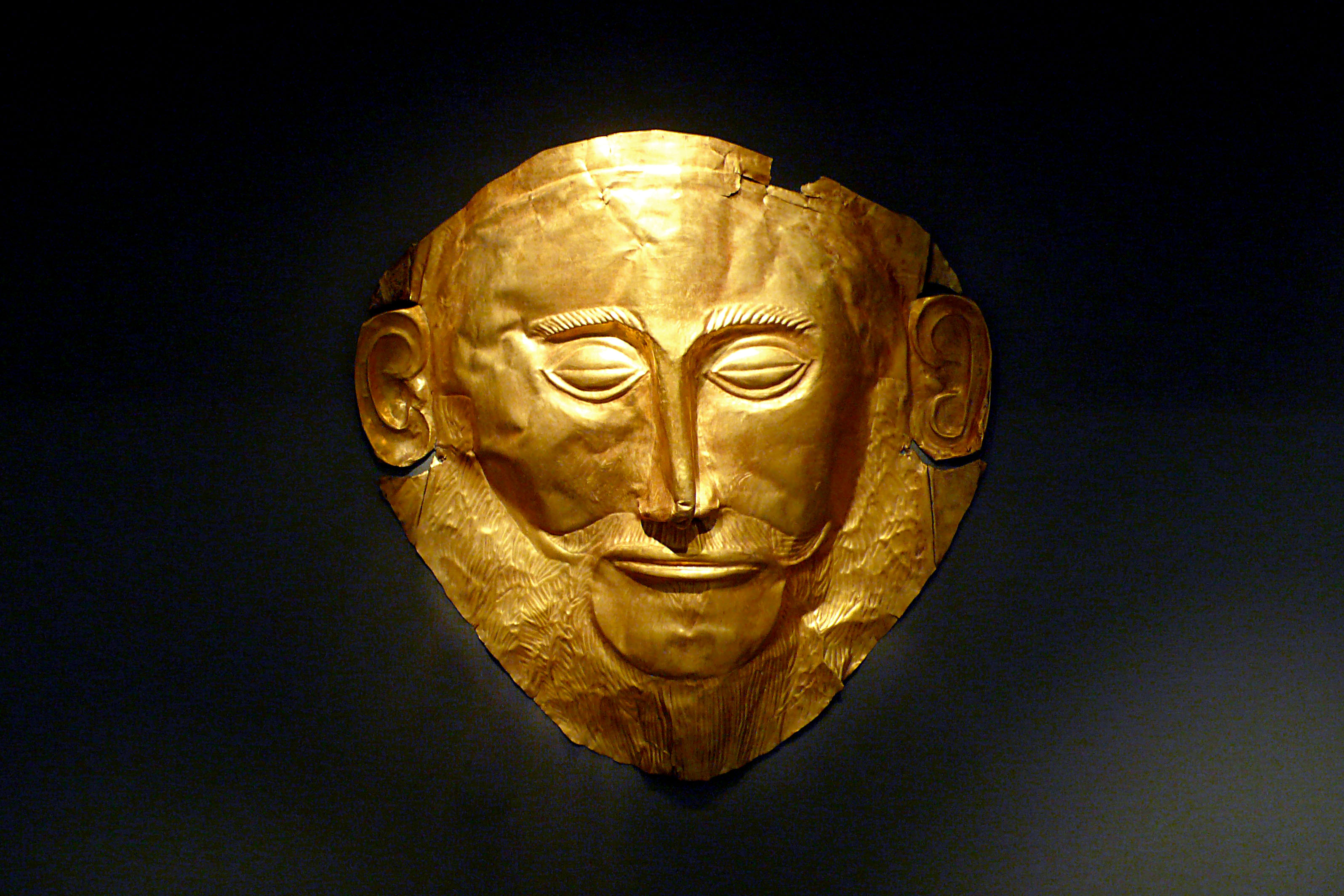Schliemann, Heinrich, << SHLEE mahn, HYN rihkh >> (1822-1890), was a German archaeologist who founded the study of ancient Greece and Troy. He was born in Neubukow, near Wismar, on Jan. 6, 1822. He earned a fortune as a businessman in California during the gold rush of the mid-1800’s and in Russia during the Crimean War (1853-1856). He retired at age 41 and took up archaeology. 
In 1870, Schliemann and his wife Sophia began the first major excavation of the buried city of Troy in what is now Turkey. This city was made famous in the Greek epic the Iliad. The Schliemanns excavated following descriptions in the Iliad. The site was a mound that covered nine cities. Each successive city stood on the ruins of the one before it. Near the bottom level, the Schliemanns found precious objects of gold, silver, and bronze. This led them to believe that the second city from the bottom was the Troy of the Iliad. Today, most scholars think the Iliad’s Troy was seventh from the bottom.
The Schliemanns also explored Mycenae, an ancient Greek city. In 1876, they unearthed five royal graves full of gold and weapons. Each grave held a gold funeral mask placed over the face of the dead. Describing the most finely crafted mask, Schliemann wrote, “I have gazed upon the face of Agamemnon.” Agamemnon was the king who led the Greek armies against Troy in the epic poem the Iliad. The mask became known as the “Mask of Agamemnon.” However, scholars later determined that the graves date to a time earlier than the Trojan War is believed to have been fought.
Schliemann spent the rest of his life excavating and reporting his discoveries. He died on Dec. 26, 1890.
See also Aegean civilization; Mycenae; Troy
